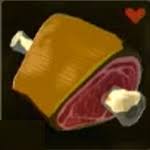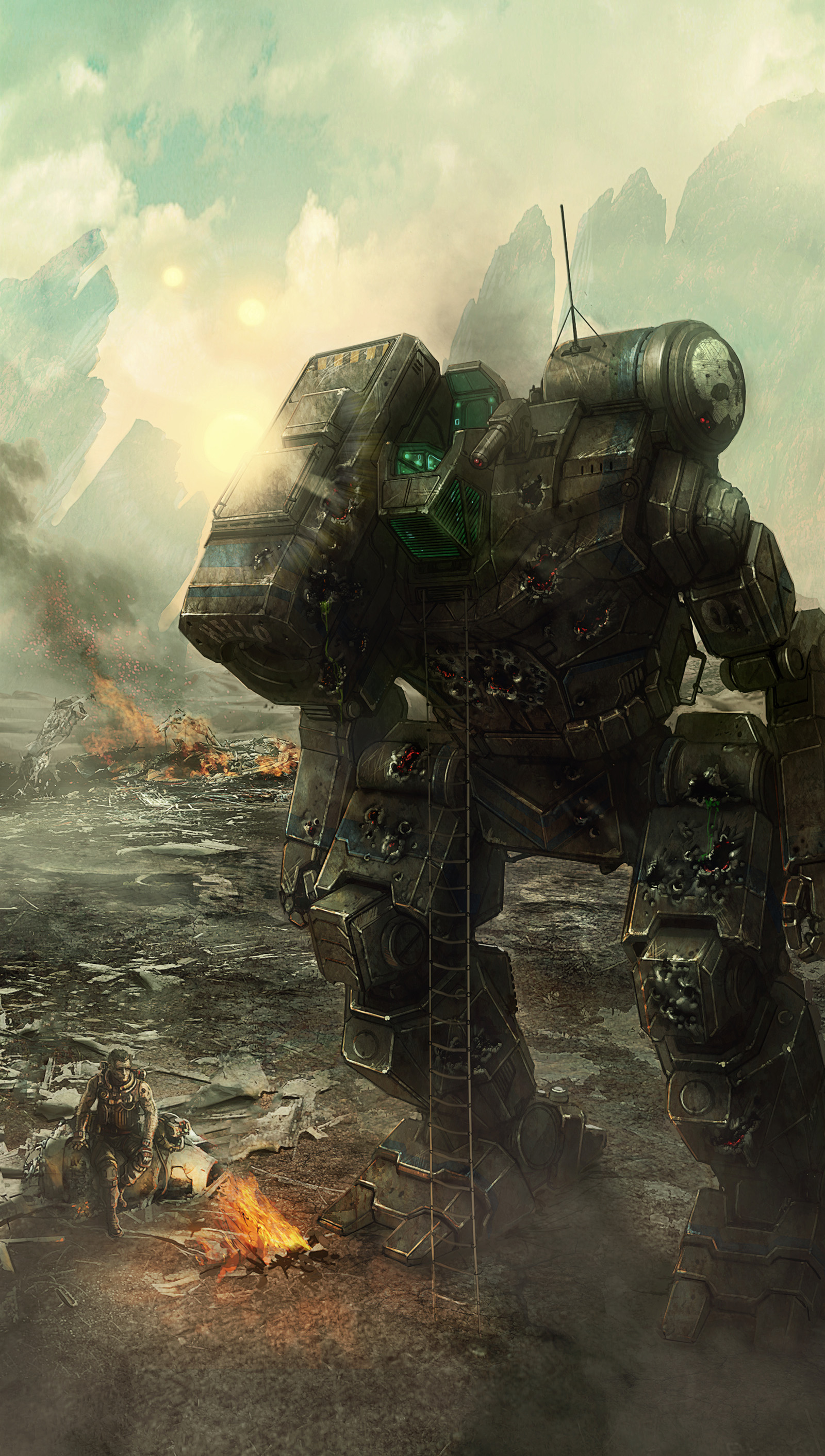Aside
For an extra boost to your enjoyment, consider listening to (Rimsky-Korsakov 2nd Symphony, Antar, movement 1: Vengeance)[https://youtu.be/Qd80g7wJWuQ?si=aZoRQ8PcU3_9OR_c]. This was the music that the artist listened to as he created the piece.
Ivan the Terrible and his son
A very sad piece indeed. Ivan the terrible’s mental illness came to a horrible climax one night when he saw his son’s pregnant wife walk by in a nightgown that exposed her under garments. Blind with rage, he struck his son in the head fataly.
The painting depicts Ivan the Terrible, stricken with grief and anguish as his son dies. The son, in tears, forgiving his father in some cosmic understanding as he lay dying.
On the surface, an example of how mental illness, left to take more and more control, can result in horrible consequences.
However, looking at the dates; the event occurred about 300 years before the painting was created. Why?
The political environment
The painting is an allegory of the assassination of Alexander II. Or rather the atrocity of the action itself and the consequences.
A group of far-left terrorists, bent on removing the autocratic tsarist government, killed A2 with a bomb in 1881; influenced by “Propaganda by the Deed,” hoping it would spark a revolution.
The painter not only witnessed the assassination, but also the hanging a few months later of the men who committed the act. He was horrified by the violence, he called them horrors of the contemporary world.
Aftermath
The act of terrorism failed and it would not be for another nearly 40 years, when things had gotten so bad and the tsars so weak that the Bolsheviks were able to succeed and establish a Soviet Republic, but only after killing basically everyone that knew how to do anything: Doctors, Lawyers, Farmers, etc. Leaving the country in tatters and the government free to be run by one person, who would go on to commit awful such atrocities that it made the whole history of the tsars look like childs play in comparison.
Seriously thanks for the information here. The picture alone is fascinating, and the background info about the scene is very intriguing… but the additional history lesson is much appreciated to put the whole thing in context. Very cool, thank you.
Wow, thank you for the history lesson! I had no idea of the surrounding context of the artist and politics at the time. This has always been one of my favorite paintings.
I do not see understanding in the son’s eyes. Looks to me like confusion mixed with the understanding that death is coming.
Yeah, maybe. All the sources I read said understanding, so perhaps what understanding looks like has changed in the 150 years since it was painted, or maybe they all copied each other or the same source.
Where did you get “The son, in tears, forgiving his father in some cosmic understanding as he lay dying” Interperation from?
Also the “that it made the whole history of the tsars look like childs play in comparison." seems insanely absurd. The Soviet Union (I’m assuming more particularly Stalin) were absolutely horrid, killed and harmed a shit ton of people but to say that the Tzars were child’s play just seems completely ignorant
OK, here’s some bullet points with citations, but if you know something that you think I’m missing in my understanding, I am open to it, and I’ll change my essay if you convince me.
1928 is really when Stalin’s insatiability for power and domination come into full swing. Up until then he was small-time, basically only imprisoning, exiling or killing political opposition.
-
In order to rapidly industrialize Russia, Stalin sets mandatory production requirements for factories. Many find the numbers impossible to achieve and Stalin imprisons or executes those that fail.
-
Stalin takes land from small farmers and makes them work as not-slaves on their own farms, all the yields are sent off to be redistributed, five million die from famine. That’s the equivalent of almost the entire 2022 population of Massachusetts or Maryland. Or Paris could be completely exterminated of people about two and a half times.
In 1932 Stalin’s wife kills herself after years of abuse by Stalin. He makes sure the media, which he controls, says it was appendicitis.
In 1934, Stalin starts getting paranoid.
-
He executes about 70% of his own government and 80% of high-ranking military leaders because they have voiced opposition to him or his ideas at some point in the past.
-
3 million people are sent to concentration camps (gulags)
-
750,000 civilians are killed for little or no reason by Stalin’s secret police force.
In 1941 his son is captured by invading German forces. They offer for him to be returned as part of a prisoner swap, but Stalin refuses, believing him to have given himself up and joined their cause. He dies in a prison camp 3 years later.
- Stalin throws military forces indiscriminately into the defense of Stalingrad. He also refuses to give evacuation orders to civilians, believing the army would fight better if they saw the people they were defending.
There’s more, but let’s hear your side.
https://en.wikipedia.org/wiki/Joseph_Stalin
https://www.britannica.com/event/Battle-of-Stalingrad
https://www.bbc.co.uk/teach/joseph-stalin-national-hero-or-cold-blooded-murderer/zhv747h
Yeah Stalin sucked and is up there with worst leadership of all time but the Tzars also slaughtered, genocided, starved, enforced serfdom and threw away lives in pointless wars. Again, fuck Stalin may his soul be slow roasted next to Hitler’s in hell, but the Tzars deserve to be treated with as much derision
OK, do you have any examples - not to challenge you, I just don’t know as much about it as I know about Stalin - hence my line about him being worse than the tzars.
I don’t want to get into a back and forth trying to justify who worse than who. My umbrage was with the claim of “making the WHOLE HISTORY of the Tzars look like childs play” for just one example though was the Circassian Genocide
This is the last paragraph of your source:
Was it a genocide? That depends on the definition. Rather than of separate, selectively researched genocides, we should speak of a general genocidal tendency that affected many - both Muslim and Christian - people on a wide scene between 1856 and 1956, continuing in post-Soviet Russia until today.
So Russia went Soviet in 1917, so your source I think actually might prove my point more. But I’m sorry my words offended you, that was not my intent. I just wanted to talk about some art I thought was beautiful and sad. I hope you can look past what you perceive to be my errors and appreciate how much work I put into researching and writing that. I hope the wind is at your back, Professor.
-
Quality write up, I appreciate having more context on this painting!
Such a hauntingly beautiful painting. Each time I see it, I’m struck by the terror in his eyes.
What an interesting read. I really enjoyed perusing your posts about art! I’ve not had an appreciation for art when I was younger but now I’m nearing my thirties, I’m slowly developing an appreciation for these things.
only after killing basically everyone that knew how to do anything: Doctors, Lawyers, Farmers, etc. Leaving the country in tatters and the government free to be run by one person, who would go on to commit awful such atrocities that it made the whole history of the tsars look like childs play in comparison.
This is false. Life expectancy and conditions in the USSR increased dramatically after the civil wars (excepting the famine of 1934 and WWII).
They certainly didn’t manage to industrialize faster than any country in history by killing “basically everyone that knew how to do anything”.
Perhaps an exaggeration?
Life expectancy did increase, with a few blips in the 1930’s, but this doesn’t seem particularly out of the ordinary, it also increased during the Tsarist government if you look outside of the Sino-Japanese War and WWI era. There really isn’t much consensus here, as well as a marked increase in living standards.
Other countries during that time period also had significant life expectancy increases over that period, which I think is just attributed to better infant mortality rates.
The only metric that that could be demonstrably better than than the Tsarist regime was education levels and literacy as a whole.
It was really from mid-1930’s that Soviet Russia was actually pulling away from the Tsarist regime. But who’s to tell that, had not WWI happened that gradual development would happen under the Tsar, or even the Provisional Government?
Germany had been worried about Russia’s potential since both the German Empire and the Third Reich.
Similarly, you do see a different rate of industrialisation from post-WWII China and Japan.
Your comment really doesn’t paint an accurate picture. I don’t thin op is right, but I don’t think you’re totally correct either. The life expectancy in Russia increased after the Bolshevik revolution because it had been decimated by disease, and a civil war for the years before that. The increase in life expectancy had nothing to do with communists coming into power. It certainly had nothing to do with industrialization that didn’t really get going in Russia until 1930. It had everything to do with the end of the civil war and global medicine advancing.
“Dire food shortages, hunger and famine were further exacerbated by the outbreak of several epidemics. Between 1918 to 1922 there were 2.5 million deaths as a result of the typhus epidemic…
Population figures fell by 35 million and were estimated at 139 million in 1921, a direct result of the war, famine and epidemic diseases.”
Source: https://www.sochealth.co.uk/2017/05/26/health-reform-revolutionary-russia/
Another source: Life expectancy (from birth) in Russia, from 1845 to 2020 - https://www.statista.com/statistics/1041395/life-expectancy-russia-all-time/
Hi friend. No offense was intended.
You are correct, Stalin was able to industrialize Russia faster than he should’ve been, but it was at a terrible cost. Please see my other comment with citations about how Stalin imposed impossible production quotas for factories and if the workers didn’t meet them they were accused of sabotage and executed or sent to a gulag (death camps in Siberia).
It also explains how he confiscated small farmers’ land and made them work as slaves, sending their yield to the government, which lead to the famine of 1934 you’re talking about, and killed 5 million.
He also executed about 70% of the upper government officials - basically anyone who disagreed with him - even those who didn’t when he started getting really paranoid in the 30s. He also killed off about 80% of high-ranking military officials.
His secret police were responsible for the deaths of about 3 million people and many more sent to gulags, simply for not agreeing with Stalin’s insane ideology, or even the socialist agenda. The lawyers and doctors were considered part of the bourgeoise and executed during the revolution.
As far as life expectancy and conditions increasing dramatically - I assume you mean for the people that loved Stalin and only had positive run-ins with the secret police. I guess my questions about your statement would be
- where did this data come from,
- did they compare it to other industrialized countries that went through a similar transition?
- How was this data collected?
- What metrics were used?
- How large was the population -
- Was it rural or urban or a mixture of both? Because the centers where the big wigs are for sure thrived, but the people in the country - ya know, the ones making the food probably did worse, hence the famine?
gulag (death camps in Siberia).
The number of people sent to the gulags was never as high as it had been under the tsar, nor were it’s death rates. If you look up any data on the subject, you’ll find your conception of the USSR’s justice system is entirely fictional.
It also explains how he confiscated small farmers’ land and made them work as slaves, sending their yield to the government, which lead to the famine of 1934 you’re talking about, and killed 5 million.
And then I suppose Stalin ate all the grain himself? Maybe ask yourself how you got tricked into believing a gov’t seizing and distributing hordes of grain during a famine was a bad thing.
Every one of your points are either abjectly false or wild distortions that would take too long to look up each one.
There’s criticisms to be made of Stalin without making shit up.
Ok friend, sorry we couldn’t come to an understanding.




